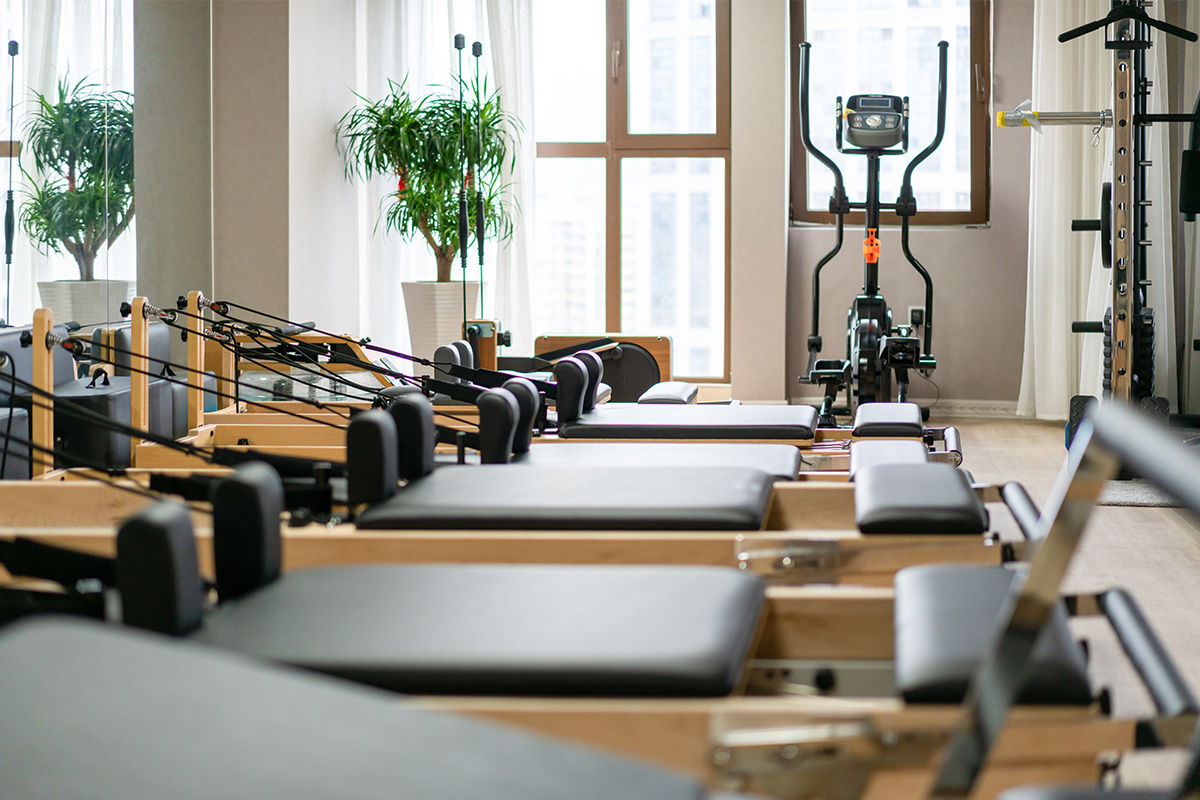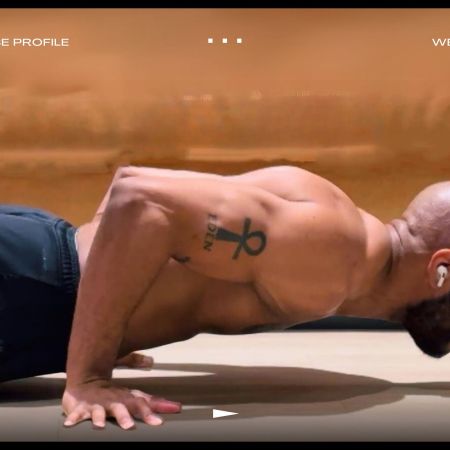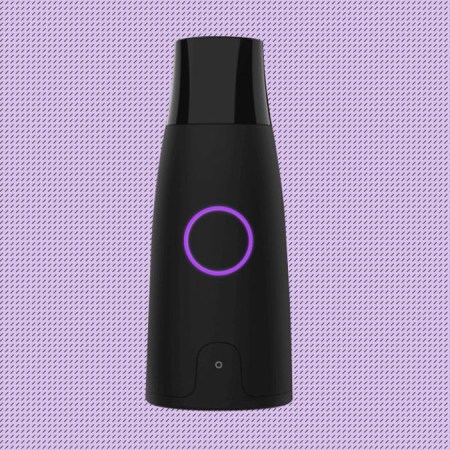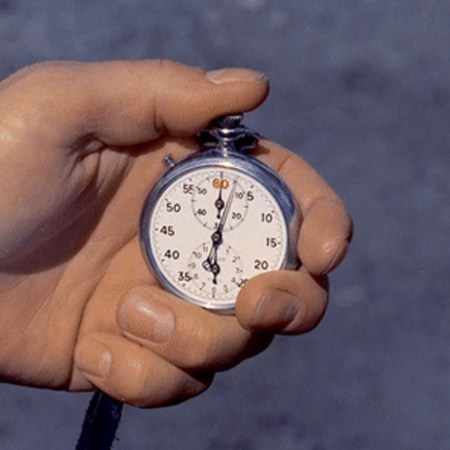It’s easy to forget, but before the pandemic sent the fitness world spinning off its axels, ushering in a new era of home fitness — replete with connected machines, monthly subscription apps and a newfound fervor for running and cycling — classes were the hot item.
In early 2020, I actually wrote a profile on how New York’s Flatiron District had unofficially transformed into the city’s de facto “fitness district.” Many of the article’s details are now obsolete, thanks to the extreme turnover of the last two years. But here’s a snapshot of how the area felt at that time:
“It’s not just that there are more gyms in the area than almost anywhere else (it’s one of only four zip codes in New York with more than 100 gyms and studios, according to ClassPass), it’s that those gyms are more inventive and forward-thinking, as if they were all members of an incubator seeking to rewrite the very definition of working out. A quick survey of the gyms I’ve tested in the area includes Brrrn, which stages high-intensity training in “refrigerated” rooms that are chilled to 50°F or below; Mile High Run Club, where neon lights, music and communal feels make treadmill training fun; and nouveau boxing gyms like Rumble and Shadowbox, which both offer the calisthenics of sparring without the anxiety of actually exchanging punches.”
Booking services like ClassPass democratized the workout experience, bringing more options to more people. Why tie yourself down with one gym when you could sweat five different ways in five different studios each week?
But you’d be hard-pressed to find too many trainees with that attitude these days. The pandemic deprogrammed many urbanites, teaching them to value down-the-block consistency in their fitness routines — not event-esc novelty. Gyms closed, then sputtered through a half-dozen false starts (how easily we forget that it was compulsory to lift weights with a mask on for six months or so), and the idea of spending one’s time and money in as many places as possible made little to no sense.
So. Aside from those aforementioned machines — which carry a boatload of uncertainty of their own — where does the fitness world go from here? A recent article by The New York Times offers up Forma Studio as one potential model. Started by 32-year-old Liana Levi in 2020, the Pilates house has three locations in Los Angeles, just opened another in New York and infamously charges a king’s ransom for each session: anywhere from $75 to $500, depending on length, class size and whether one of the studio’s specialized instructors is making a house call.
You can read the full profile here, if interested. You’ll find lots of details on Forma’s clientele (Haley Bieber, Ariana Grande, Kendall Jenner) and Levi’s looks (the writer describes her as “tan, taut and tiny, like an early-aughts heiress, with abdominal muscles so individually defined that they look not quite human”), but here’s the big takeaway: fitness is trending towards exclusivity.
Taking care of one’s body is no longer an elitist preoccupation — across the board, millennials and Gen Z spend exorbitantly on their personal fitness and nutrition. Within that framework, how can one possibly sell “fitness for all” to a deeper-pocketed clientele? You build them something better. Or, at least, convince them that it’s better. In her interview, when pressed on who her studio is for, Levi said “not the masses.”
Forma’s unsubtle aim is to make fitness unattainable again. Like an upper-crust country club, Forma’s classes are nigh impossible to get into. This is a sort of hell for followers of Bieber, for instance, who constantly see her posting pictures on the way to or from classes, yet know they have no shot of signing up (even if they have the money), without multiple referrals. And even then, good luck getting a session with Levi herself, who who only trains a select few.
Is this good for the world of fitness? That depends entirely on your perspective. How, after all, is this any different from the dozen other services that the rich and the famous have uncommon access to? (Consider: unparalleled healthcare, cosmetic appointments at the drop of a hat, special tables at restaurants, etc.) To make an imperfect comparison, it would be ridiculous for you to expect to work out with Odell Beckham Jr.’s trainer three times a week, even if you were able to pay his rate. Some levels of expertise are always out of reach.
But if this is where the next fitness boom is headed, we’d be wise to watch it with a critical eye. When exercise classes devolve into overpriced idolatry, what is the real reason customers are so desperate to get into the next class? There is no perfect exercise routine; it varies by person, by body, by willingness to both keep at it and adapt. Paying for a routine well above the market rate doesn’t guarantee it’ll make you fitter or help you live longer — it just means you’re spending more than everyone else to get your heart rate up.
Besides, aside from the reasonable rates, one of the best things about the pre-pandemic trend toward egalitarian class packages was how many types of exercise were available. You could box, or row, or swim, and make an informed decision on what you like best. We already lost a degree of that optionality when we committed $2,000 and $40 a month for a home spin bike. Where will it go when we throw our entire lot in with one studio?
Whether you’re looking to get into shape, or just get out of a funk, The Charge has got you covered. Sign up for our new wellness newsletter today.

















